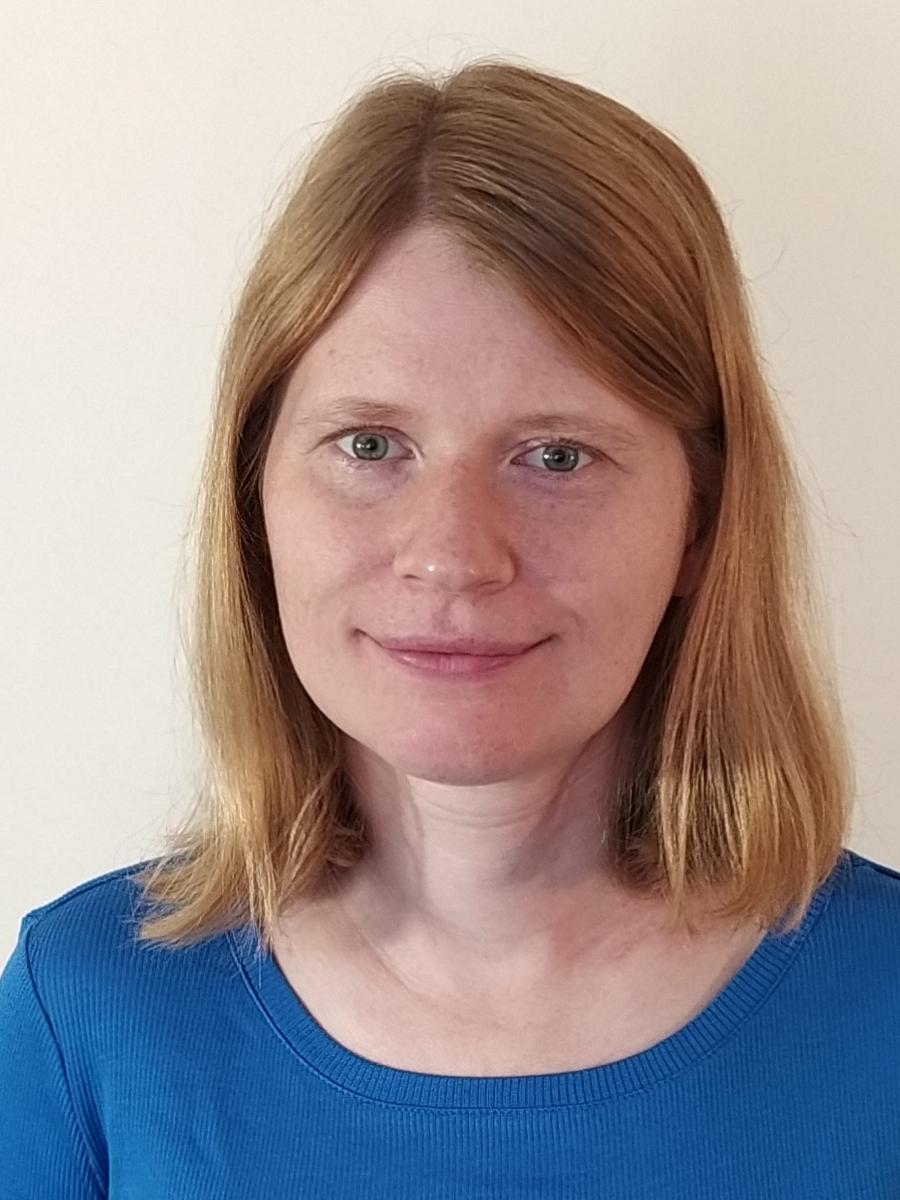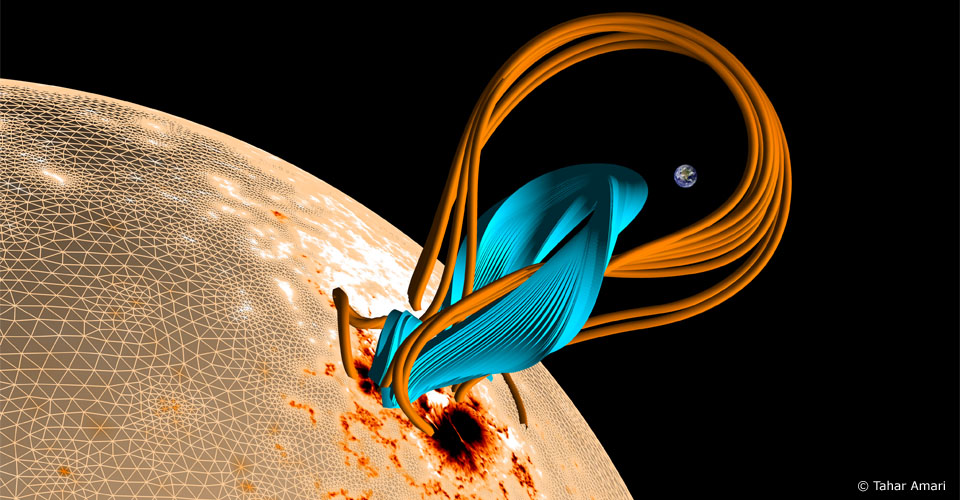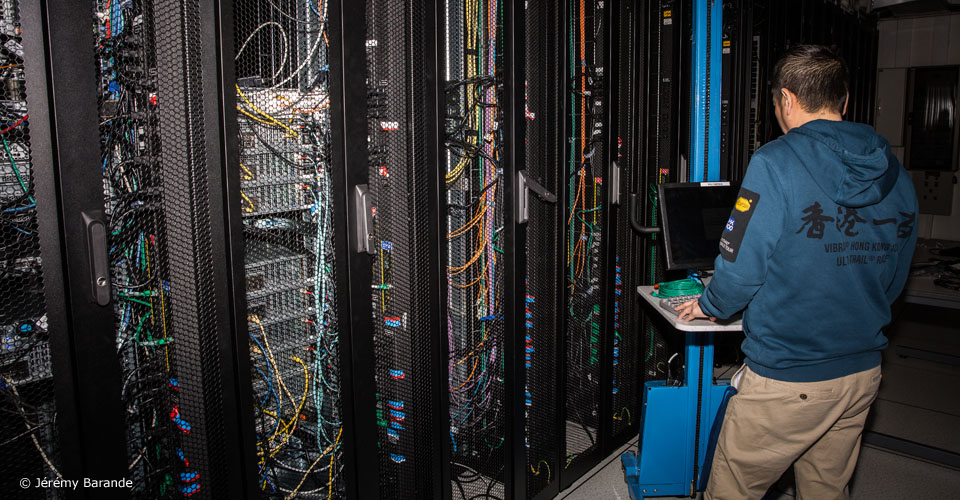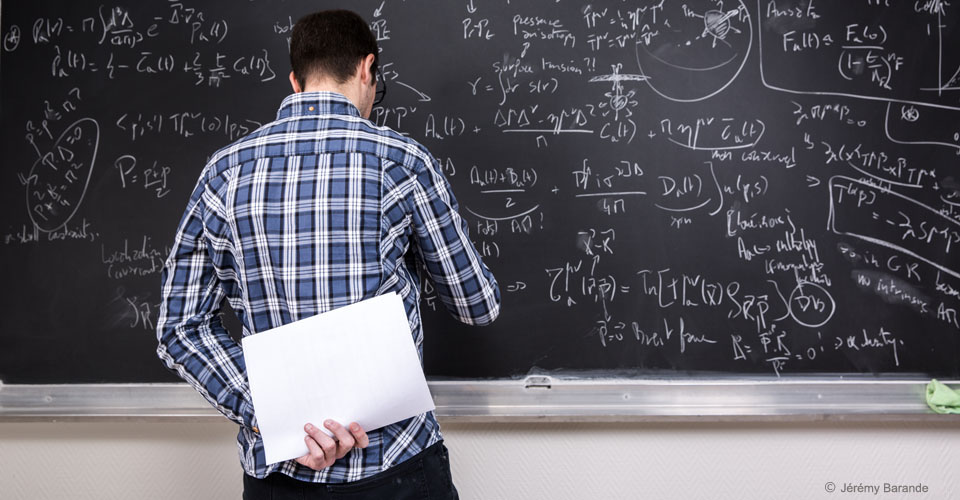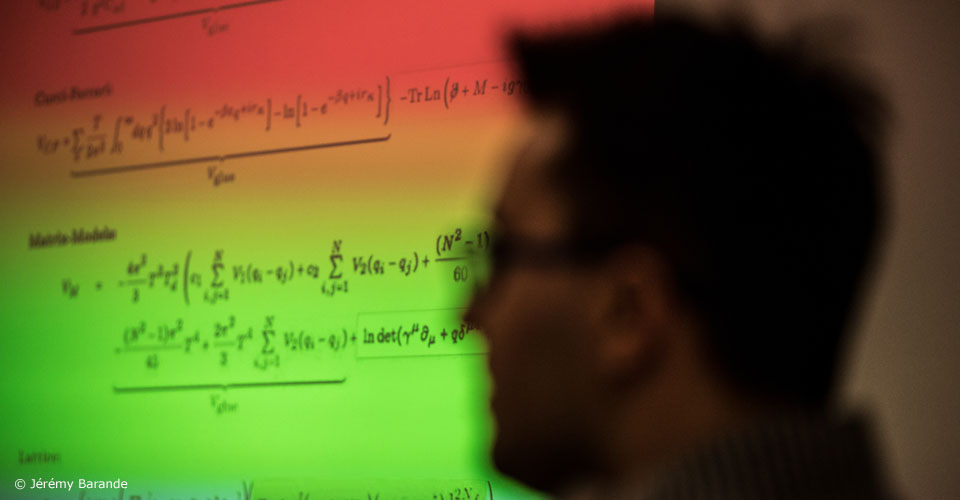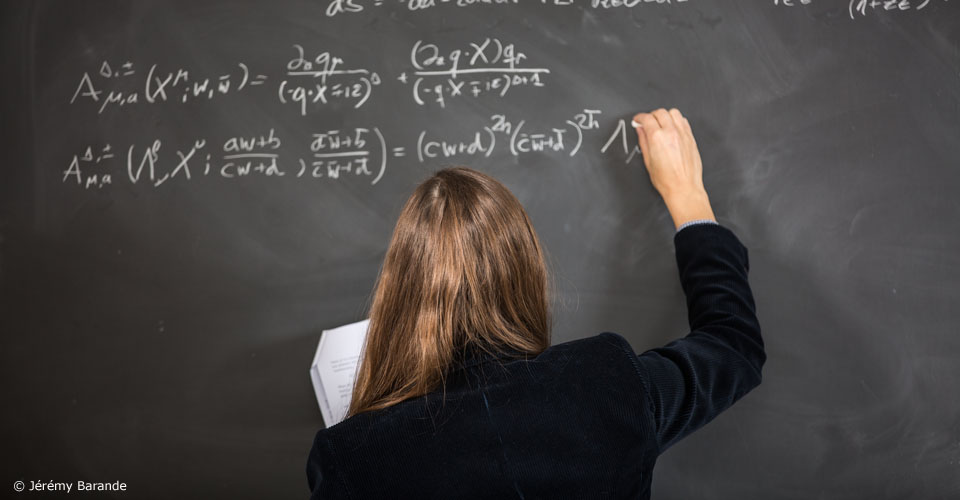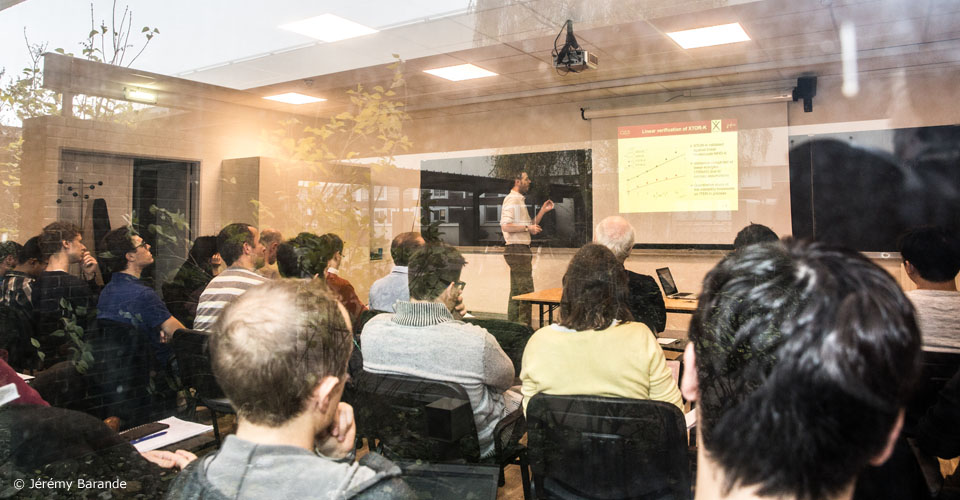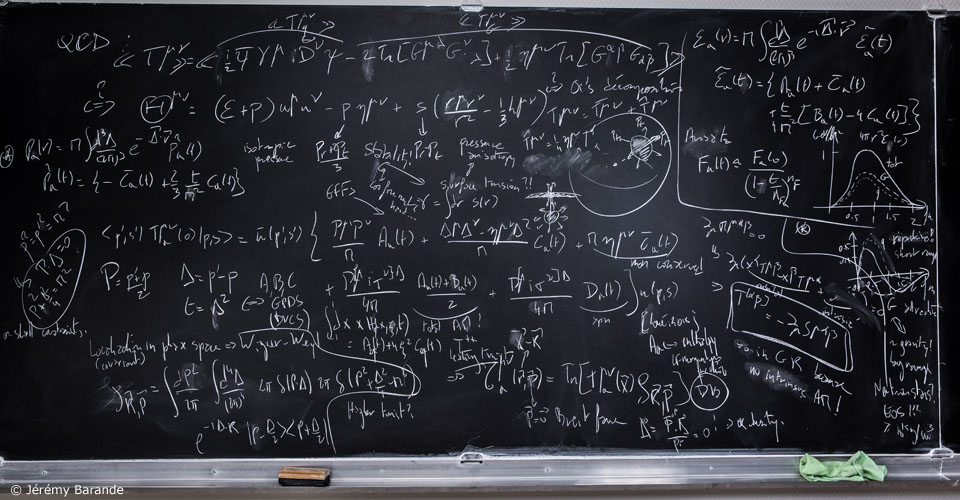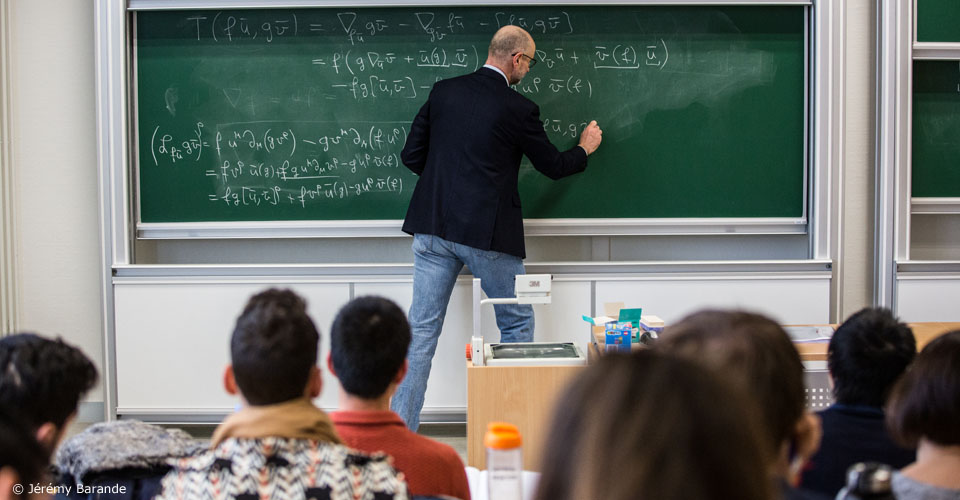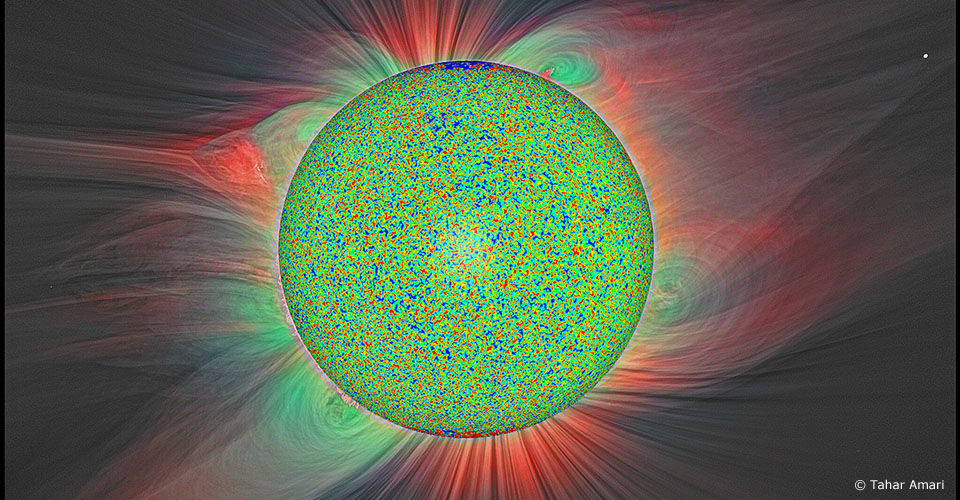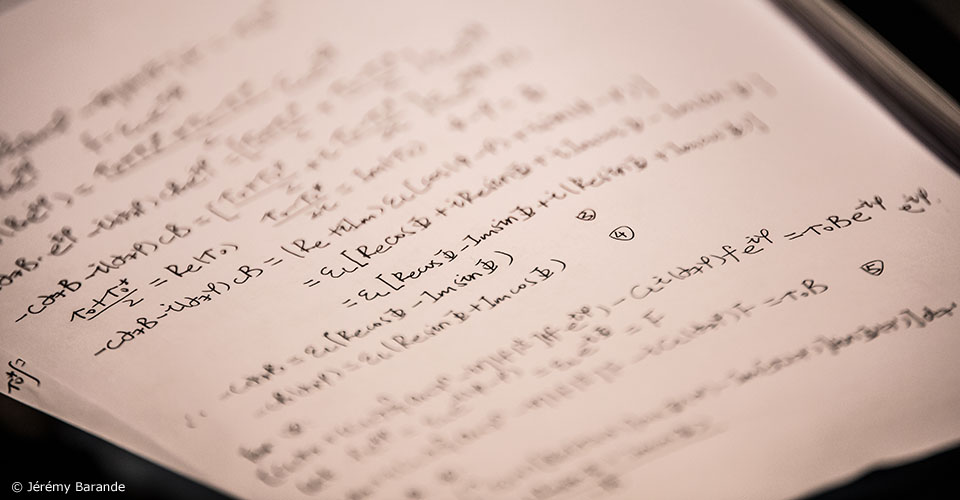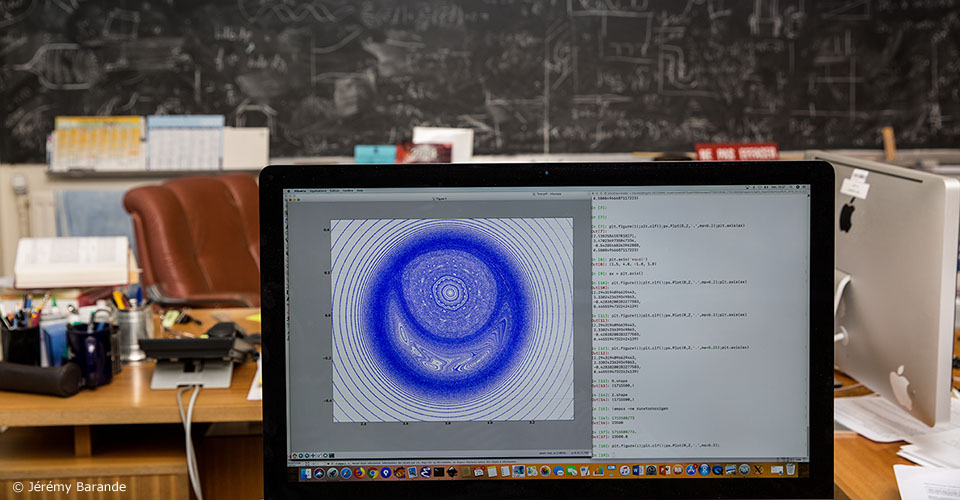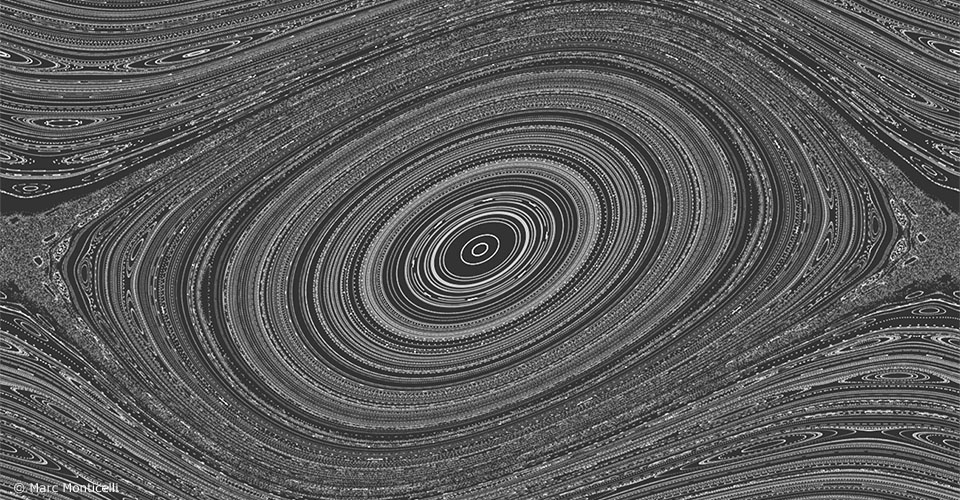Olesia DMYTRUK, lauréate de l’ERC Starting Grant 2023
Chargée de recherche du CNRS au Centre de physique théorique de l’École polytechnique, Olesia DMYTRUK a été distinguée par une bourse ERC Starting Grant pour son projet intitulé Quantum light-controlled topological phases of matter ("Q-Light-Topo")
Le contrôle des propriétés des matériaux par la lumière est une nouvelle direction de recherche de la physique de la matière condensée. Les matériaux topologiques sont très importants dans cette direction en raison de leur robustesse et de leur application possible dans les technologies quantiques. Le projet théorique « Q-Light-Topo » se concentrera sur l'utilisation de la lumière quantique pour sonder, contrôler et créer des phases topologiques de la matière dans des matériaux à l'état solide couplés avec des photons de cavité. Ce projet explorera comment contrôler les transitions de phase topologiques dans divers matériaux fortement couplés à la lumière, et étudiera la caractérisation topologique des excitations polaritoniques hybrides lumière-matière apparaissant dans de tels systèmes. L'objectif principal du projet « Q-Light-Topo » est de proposer un protocole d'ingénierie d'états topologiques dans des matériaux électroniques initialement triviaux avec de la lumière quantique. Concevoir de nouveaux systèmes topologiques contribuera à faire avancer le domaine des technologies quantiques.
